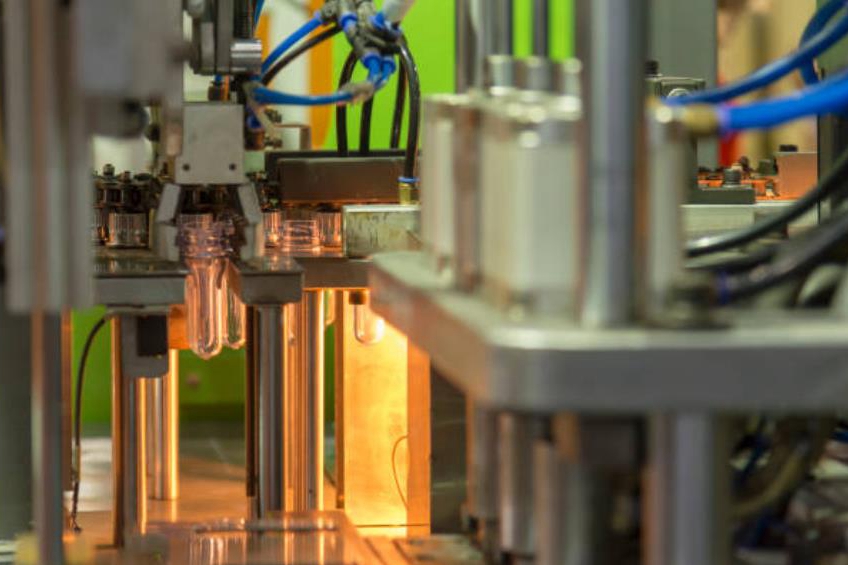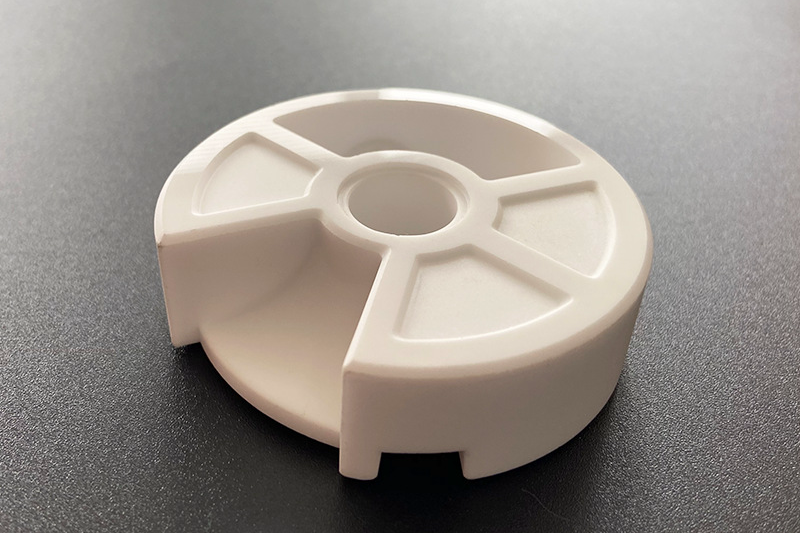How to design locks that balance weight reduction with strength and durability?
From an engineering standpoint, designing lighter locks without sacrificing strength and durability is a system-level optimization problem. You must balance geometry, material selection, and manufacturing process choices, then validate through realistic loading and durability tests. Utilizing an integrated custom parts manufacturing service, it is possible to reduce weight from housings, cams, and support structures while maintaining critical load paths in high-strength metals, particularly for demanding locking system applications.
Define Load Paths Before Removing Weight
The first step is to map how forces flow through the lock during normal operation and forced-entry attempts. Deadbolt engagement, cam rotation, and cylinder anchoring create primary load paths that must remain robust. In these regions, dense metals produced via metal injection molding or precision casting are preferred. Alloys such as MIM 17-4 PH or MIM-4140 offer high strength and fatigue resistance, enabling slim cross-sections while still resisting prying, torsion, and impact.
Use Lightweight Metals and Plastics Strategically
For lock housings, covers, and non-primary structures, weight reduction can be achieved with aluminum alloys and engineering plastics. Die-cast grades like A380 or A356 produced via aluminum die casting offer excellent stiffness-to-weight ratio, especially when ribbing and locally thickened bosses are used around screws and bearing points. For internal carriers, actuator frames, or decorative trims, polymers molded by injection molding—such as nylon (PA), PEEK, or Ultem (PEI)—can reduce mass, damp noise, and avoid galvanic corrosion when interfacing with metals.
Hybrid Metal–Plastic Architectures
The most robust lightweight solutions are often hybrids. Structural cores in MIM steel or cast stainless can be combined with polymer shells via insert molding or overmolding. In this approach, metal carries prying and torque loads, while plastic provides ergonomic shape, insulation, and cosmetic surfaces. This reduces overall weight and part count while maintaining security performance. Sheet components such as strike plates and reinforcement shields can be created via sheet metal fabrication and hidden inside plastic housings to resist spreading or prying attacks.
Surface and Heat Treatment to Preserve Strength in Thin Sections
When wall thickness is reduced, surface and heat treatments become critical to durability. For steels, bulk heat treatment improves core strength, while nitriding hardens the surface, increasing resistance to wear and indentation without adding weight. For aluminum housings, anodizing produces a thin, hard oxide layer, which can be complemented by powder coating in harsh outdoor environments. Where long-term sliding or gear meshing is involved, low-friction coatings such as PVD help maintain function in lightweight designs.
Prototype, Validate, and Refine the Lightweight Design
Before committing to tooling, physical validation is essential. Using CNC machining prototyping and 3D printing prototyping, engineers can test reduced-thickness housings, hybrid assemblies, and new materials under torque, impact, and cycling loads. Failure locations in these tests guide local thickening or material upgrades without compromising the overall weight goal. This prototype-to-production workflow ensures that weight reduction is achieved through intelligent design—not by eroding safety margins.



